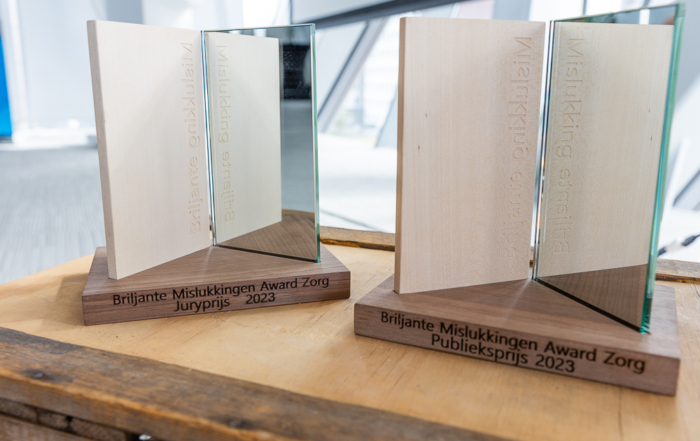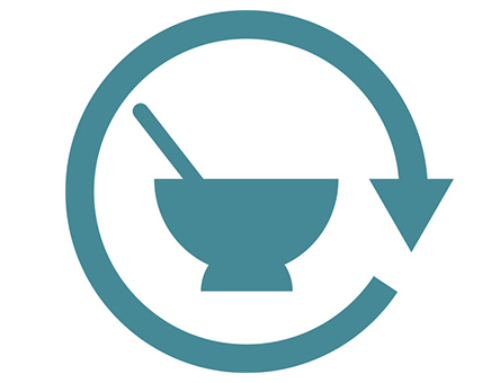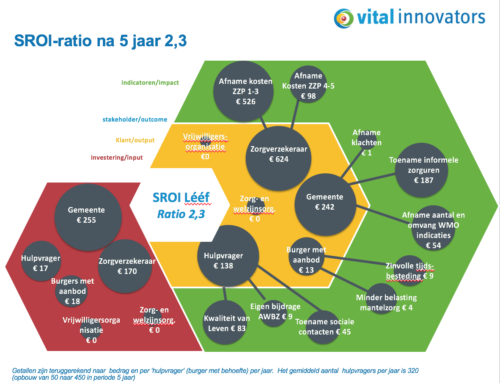The intention
Lyme disease is the most common tick-borne disease in much of North America, Europe and Asia. Lyme disease is a bacterial infection spread by the bite of infected ticks. The infection can usually be treated adequately with antibiotics. However, there are patients with chronic Lyme-associated complaints without demonstrable organic abnormalities for whom the treatment according to the Dutch guideline does not help.. The intention of the Lyme Expertise Center Maastricht (LECM) is to help those people too.
The approach
Through a literature study and in collaboration with foreign doctors, the LECM has developed an adequate diagnosis and an appropriate treatment plan for these patients.
The result
More patients are registering than the clinic can handle. The result for the patients is good. In almost all patients the quality of life improved significantly or there is a cure. Even in patients registered by teaching hospitals.
However, the problem lies in the compensation. The health insurers only accept claims that are based on existing Diagnosis Treatment Combinations (DBC) and its average cost. For the most common diseases, it has been established how the diagnosis should be made and which treatment the doctor should give. In order to be able to treat chronic Lyme patients, the LECM uses a much more expensive diagnosis method and provides treatments that take much more time. There is no DBC that adequately covers the costs thereof. As a result, patients would have to pay extra, but that is not allowed by law. Another option is to have the patient pay the bill himself. Patients accept that the costs of the treatment are settled with the deductible, but they are not used to further extra costs. As a result, we cannot charge the patient enough and the center cannot release resources to set up a scientific study and to arrive at evidence for the treatment.. he thought it was a tough approach to choose projects based on financial feasibility, the center does not even receive enough funds to continue to exist.
Health insurers ask for a substantiation of treatments by hard scientific evidence. They want evidence provided through 'double-blind studies'. This is not possible in the case of chronic Lyme because the so-called 'gold standard' is missing. There is no undisputed test to determine the cure for Lyme disease. Double-blind and comparative studies are therefore not possible in this case.
The lessons
In such situations, there is no other option than to obtain all information regarding the medical history of each patient, environmental factors, diagnose, to unambiguously record treatment and results to substantiate the diagnosis and treatment. But the LECM currently lacks the time and money to do it properly. It is very difficult for parties outside the pharmaceutical industry to prove that they have found a working treatment and get it approved, because of the costs and the method imposed. This makes it almost impossible to offer such a treatment, since patients then have to pay for everything themselves.
This case poses questions about the strict and for non-traditional parties almost unattainable standards evidence-based research results and the influence of patients on their own treatment. These issues are of course relevant for the entire healthcare field.
OTHER BRILLIANT FAILURES
Who finances lifestyle in cardiac rehabilitation?
Beware of the chicken-egg problem. When parties are excited, but first ask for proof, check carefully whether you have the means to provide that burden of proof. And projects aimed at prevention are always difficult, [...]
Brilliant Failure Award Healthcare – 20 to stop coming up with new advice 2024
Wednesday 20 In November, the Brilliant Failure Awards for Healthcare will be organized for the tenth time by the Institute for Brilliant Failures.
Brilliant Failure Award Healthcare – 20 to stop coming up with new advice 2024
Wednesday 20 In November, the Brilliant Failure Awards for Healthcare will be organized for the tenth time by the Institute for Brilliant Failures.











